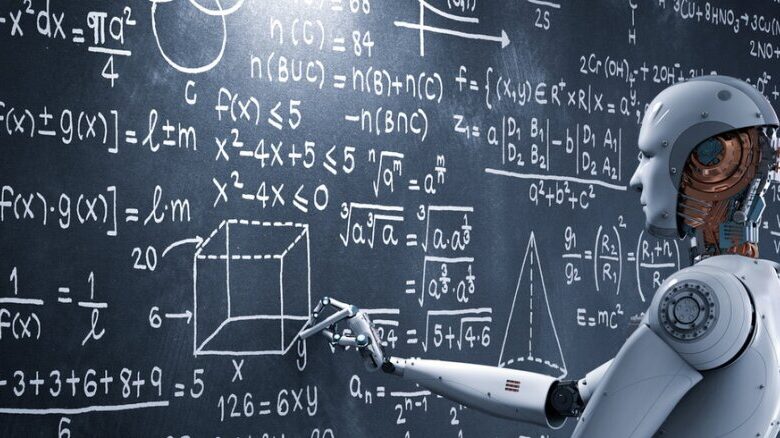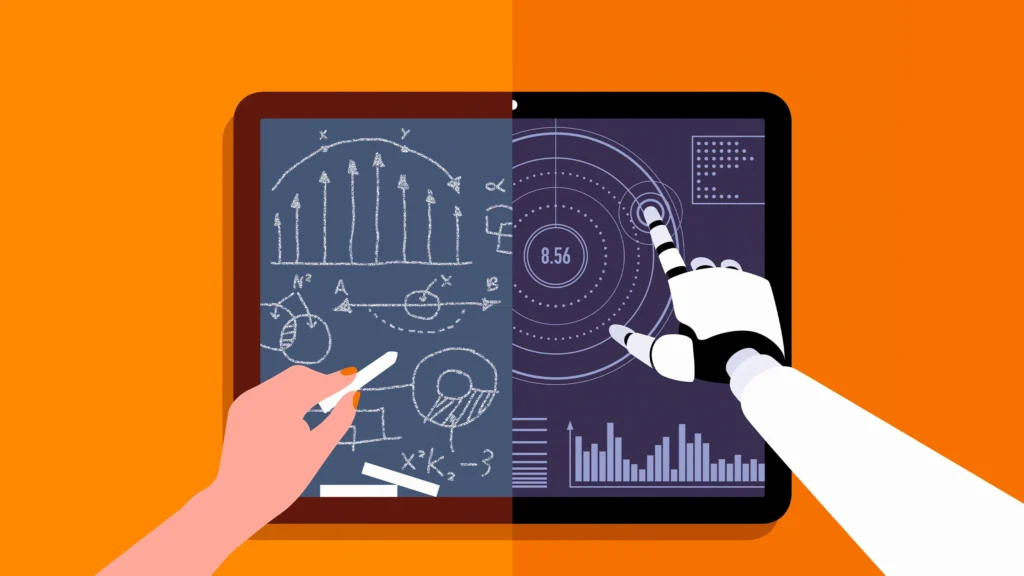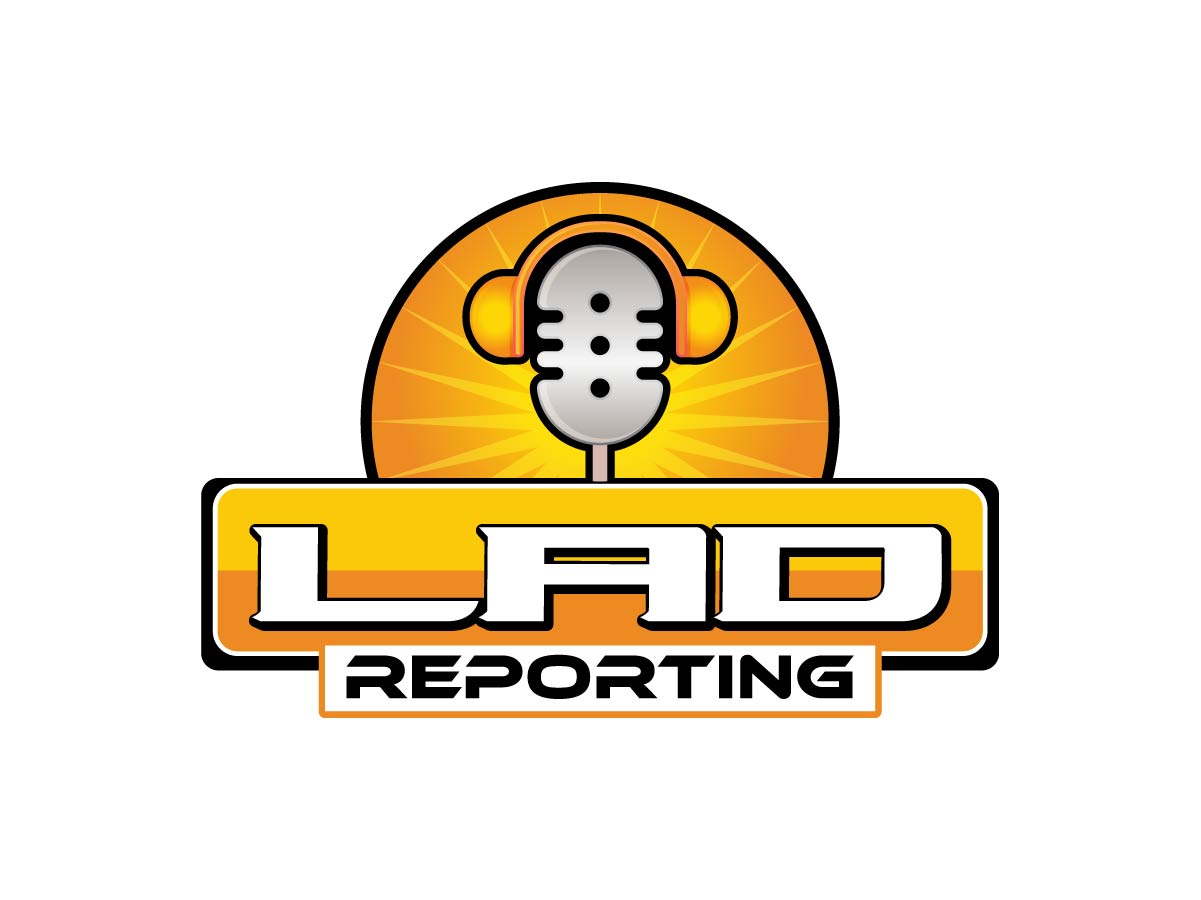
Key points:
Not surprisingly, with a 59 percent growth in job postings between January 2024 and November 2024, AI positions are the fastest-growing of any in the nation. However, we still have trouble developing a workforce with STEM expertise.
We must engage children in STEM subjects early on, especially math, which is essential to AI, in order to build the talent pipeline for the field. However, that has been challenging. One of the reasons is that arithmetic can be difficult. Inadequate curriculum resources, societal attitudes, arithmetic anxiety, or conventional teaching methods are some of the reasons why American children either avoid or struggle with math.

According to a recent Gallup study on arithmetic Matters, while arithmetic is highly valued by Americans, there are also notable learning and confidence discrepancies. The study found that:
- According to 95% of American adults, math has a significant or moderate role in their professional lives.
- In middle or high school, 43% of American adults wish they had studied more arithmetic.
- Twenty-four percent of American people claim to be confused by math.
However, this does not have to be the case. Math education that is innovative can alter the equation, and it is now accessible. This truth is illustrated by the following three instances from reputable STEM education scholars.
The first is Interweaving Equitable Participation and Deep Mathematics, a book written by Susan Jo Russell and Deborah Schifter that was just released. The book offers educators useful resources and a novel perspective to help them design math classrooms where every student may succeed. It addresses a crucial issue: How can educators guarantee that every student has a profound understanding of complex mathematics? The writers successfully address the following important questions: What does an elementary school classroom mathematical community look like? How can educators introduce young mathematicians to complex and difficult mathematical material? How do we make sure that each student gives this community a voice?
Russell and Schifter immerse readers in authentic elementary classrooms where every student’s thoughts and opinions are valued through teacher reflections, classroom footage, and unambiguous instructional frameworks. For teachers, coaches, and school administrators striving to make math a subject where every student feels capable and connected, they offer clear examples, perceptive commentary, and readily usable resources.
A series of early algebra-focused projects follows. Importantly, studies reveal that a student’s performance in Algebra 2 is a key predictor of whether they will be accepted into college, graduate, or become a high-earning professional. However, experts Maria Blanton and Angela Gardiner of TERC, a nonprofit organization dedicated to STEM education research, argue that it is too late to introduce algebra in middle school, as is currently the norm. They contend that algebra instruction should start in grades K–5.
Students would learn how to think utilizing patterns and structure by being exposed to algebraic concepts rather than algebra itself. For instance, students are learning significant mathematical relationships that are essential to algebra when they comprehend that adding two odd numbers together always results in an even number.

Through Project LEAP, the first early algebra curriculum of its kind for grades K–5, which was partially funded by the National Science Foundation, Blanton and Gardiner, along with colleagues at Tufts University, University of Wisconsin Madison, University of Texas at Austin, Merrimack College, and City College of New York, have already shown the effectiveness of an early algebra approach.
The transition from arithmetic to algebra can be particularly challenging for children who have not been exposed to algebra from an early age. Jennifer Knudsen, a TERC researcher, informed me that the primary to middle school years are crucial for pupils’ mathematical development.
The third example of creative math instruction is Knudsen’s MPACT project, which involves middle school students in 3D creation using a variety of materials, including cardboard, quick-dry clay, and digital tools for 3D modeling and printing. Students participate in the project by designing items, which helps them grasp key mathematical concepts and build spatial reasoning and computational thinking abilities that are strongly tied to arithmetic. Instead of merely using words and diagrams on paper, students solve issues and understand concepts using tangible items in their hands.
The evidence thus far is positive: According to a two-year study, students in the fourth through fifth grades showed notable learning improvements on a test of math, computational thinking, and spatial reasoning. You may download these imaginative design-and-making units for free.
Too many children either avoid or struggle with math, despite the fact that it is essential for success in STEM and AI. Teaching fundamental math abilities in elementary and middle school can be greatly aided by well-researched interventions. Projects like Early Algebra and MPACT, along with curricula for developing a deep learning math community, have demonstrated success and are easily accessible for usage by educational systems.
In order to prepare our students for future careers in AI and STEM, we owe it to them to approach math creatively. The country needs a trained STEM and AI workforce to remain competitive; thus, we owe it to ourselves to contribute to its development.
READ MORE: LAD REPORTING




